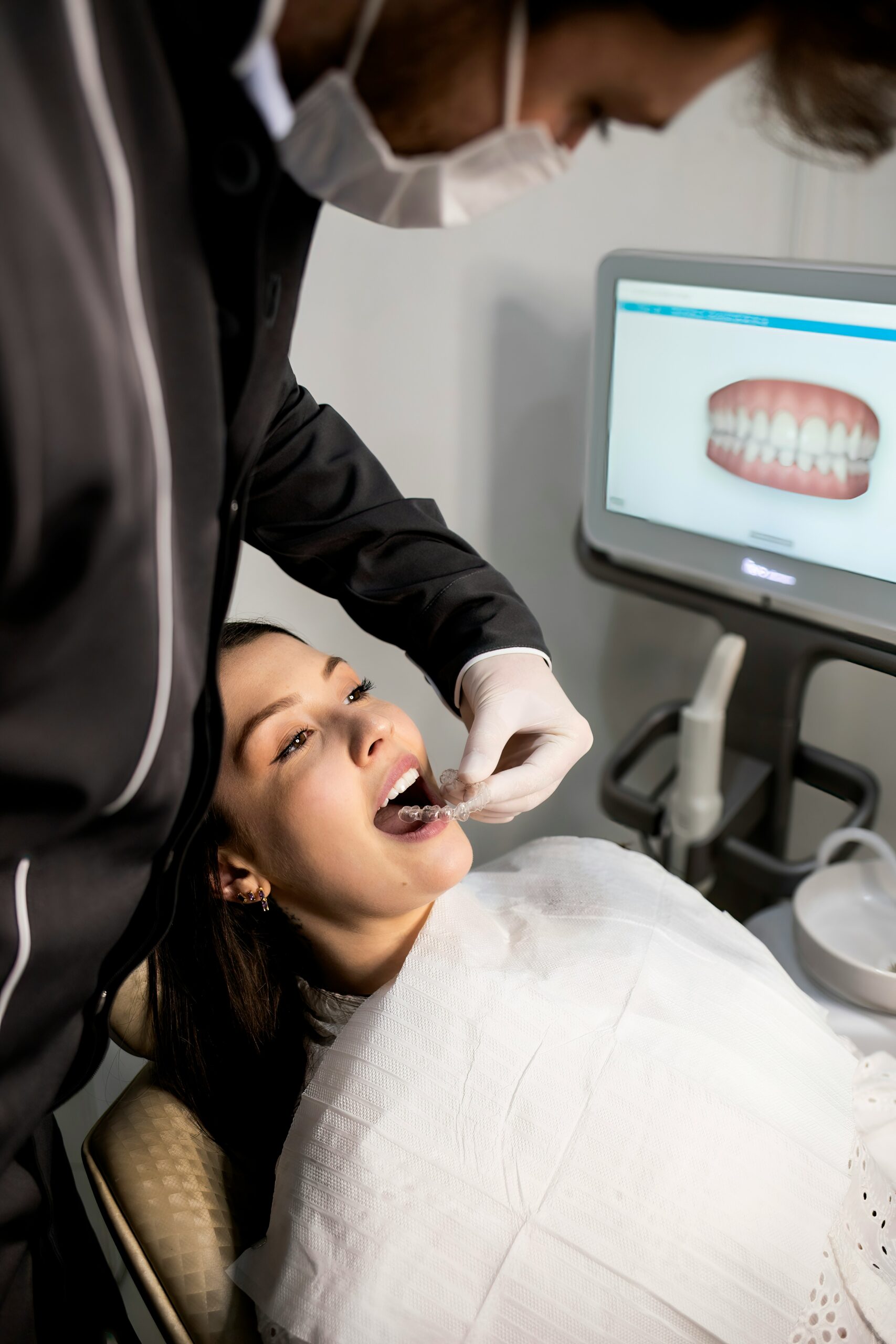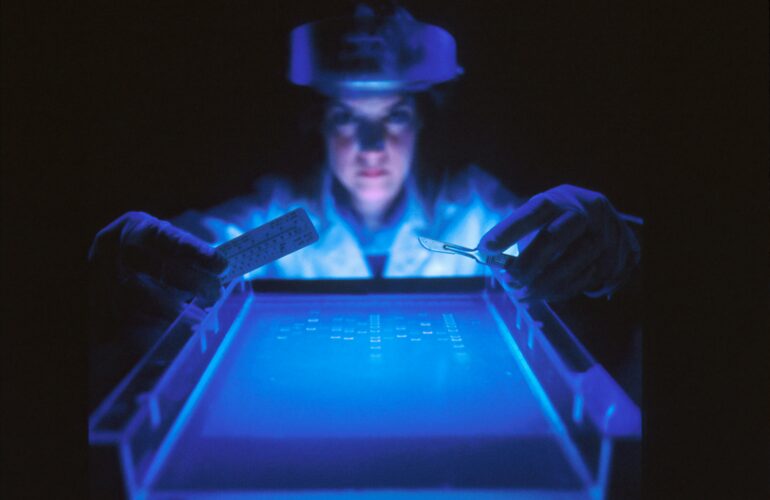In the world of modern dentistry, the shift towards minimally invasive procedures is transforming patient care. Minimally invasive dentistry (MID) focuses on preserving as much of the natural tooth structure as possible while effectively treating dental issues. This approach not only enhances the patient’s experience but also leads to better long-term oral health outcomes.
What is Minimally Invasive Dentistry?
Minimally invasive dentistry is a philosophy of care that emphasizes prevention, early detection, and treatment of dental conditions with the least amount of intervention necessary. It relies on advanced techniques and technologies to diagnose and treat dental problems at their earliest stages. Key principles of MID include:
- Conservation of Tooth Structure: The primary goal is to maintain the natural tooth structure, removing only the damaged or diseased portions.
- Early Detection and Prevention: Using advanced diagnostic tools to catch dental issues early, preventing them from becoming more serious.
- Patient-Centered Care: Focusing on the patient’s comfort, reducing anxiety and discomfort associated with traditional dental procedures.
What are the benefits of MID?
- Enhanced Patient Comfort: Minimally invasive techniques often require less drilling and fewer injections. This reduces pain and discomfort during and after procedures. This can make dental visits more pleasant, especially for anxious patients.
- Reduced Healing Time: Because these procedures are less invasive, they generally involve shorter recovery times. Patients can return to their normal activities faster and with fewer post-operative complications.
- Better Long-Term Outcomes: By preserving more of the natural tooth structure, minimally invasive dentistry helps maintain the strength and integrity of the teeth. This can lead to better long-term oral health. This also reduces teh need for future dental work.
- Lower Risk of Infection: Less invasive procedures minimize the exposure of healthy tissue. This in turn reduces the risk of infection and other complications.
Techniques and Technologies in Minimally Invasive Dentistry
Several advanced techniques and technologies are integral to the practice of minimally invasive dentistry:
- Digital Imaging and Diagnostics: Tools like digital X-rays and intraoral cameras allow for detailed and precise diagnosis, helping dentists detect issues at an early stage.
- Air Abrasion: This technique uses a stream of fine particles to remove decay, reducing the need for drilling and preserving more of the healthy tooth structure.
- Laser Dentistry: Dental lasers can be used for a variety of procedures, including cavity removal, gum surgery, and teeth whitening. Lasers are precise and cause less damage to surrounding tissues.
- Sealants and Fluoride Treatments: Preventive treatments like dental sealants and fluoride applications help protect teeth from decay, reducing the need for more invasive treatments later on.
- CAD/CAM Technology: Computer-aided design and manufacturing (CAD/CAM) technology allows for the creation of precise dental restorations like crowns and bridges with minimal tooth alteration.
In final words, embracing minimally invasive dentistry is a win-win for both patients and dental professionals. Patients benefit from more comfortable procedures, shorter recovery times, and better long-term oral health. Dentists can provide higher quality care with advanced techniques and technologies that focus on preserving the natural tooth structure. As the field of dentistry continues to evolve, minimally invasive practices will undoubtedly become the standard, leading to improved patient outcomes and overall satisfaction.




